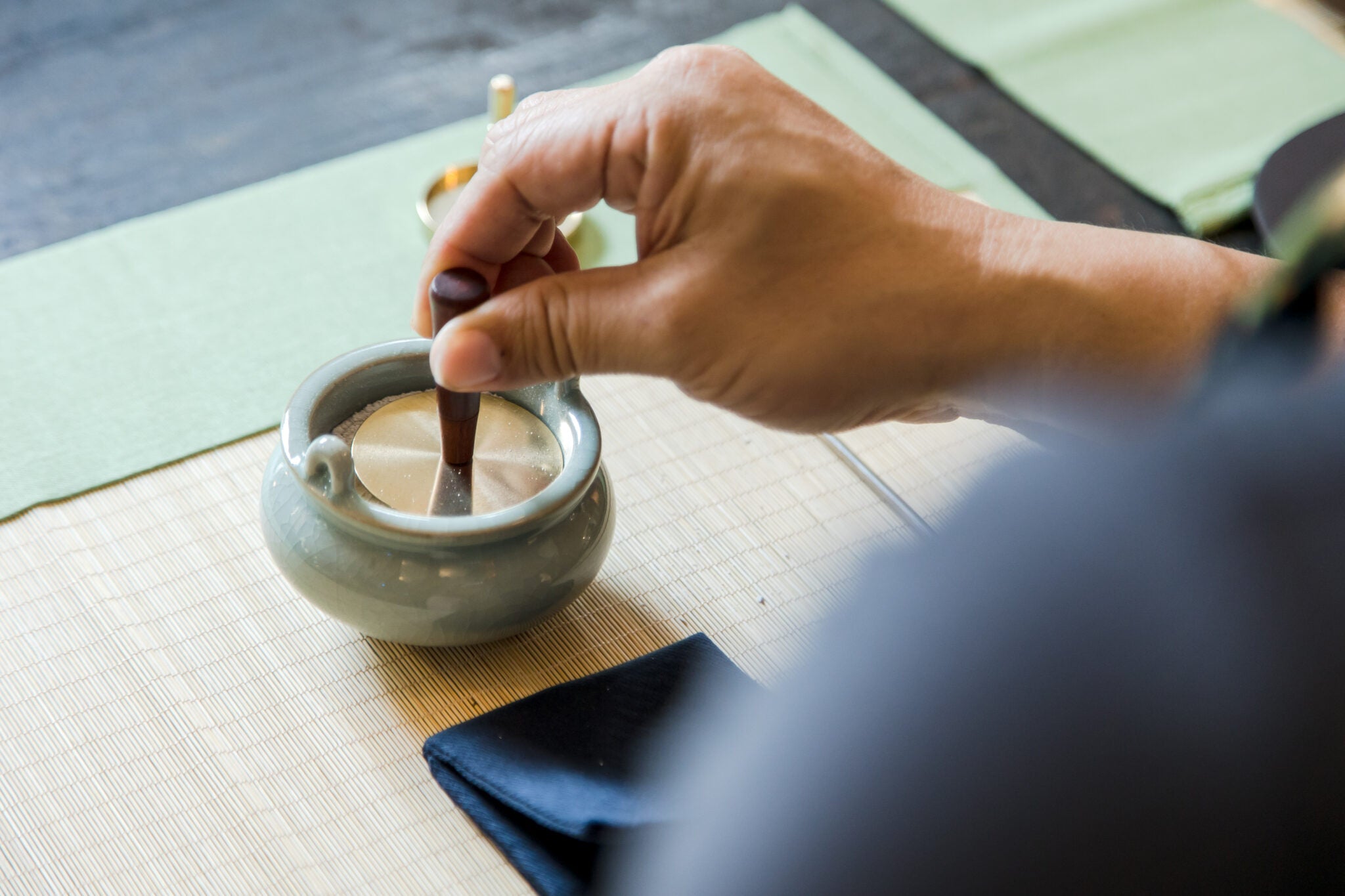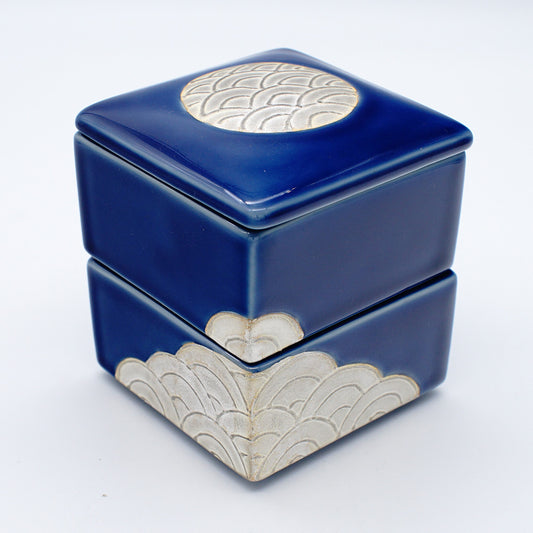
Kōdōこうどう
The art of incense
In ancient times, when hosting guests, it was customary to include three essential elements: flower arrangements, incense, and tea. These three traditions, deeply rooted in cultural heritage, are heavily influenced by Zen philosophy. The art of incense, or Kōdō, emphasizes silent contemplation. As delicate wisps of smoke rise, individuals are encouraged to reflect on the transient nature of existence and the changes that unfold within the incense's subtle aromas. This practice aligns seamlessly with Zen meditation, as the scent serves to calm the mind, bringing harmony to one's emotions in an intangible yet profound way. Through the act of inhaling the fragrance, one's spirit is invigorated, helping to forget the troubles of the mundane world and discover a serene oasis amidst life's chaos.
Japanese incense practices place great importance on the Zen tradition. They do not merely refer to the act as "smelling incense" but rather as "listening to incense" . In Japanese, this concept implies an experience that goes beyond just scent detection; it involves attentively engaging with the subtlety of the fragrance, emphasizing mindfulness during the burning process.
To smell with the nose, to understand with the heart—this is the essence of Kōdō. Within the confines of a small mat, all five senses are heightened. The way of incense aims to help you rediscover your forgotten "nose," to find your own peaceful world.
Within the intangible, colorless aroma, some find their sense of smell awakened, feeling a profound sense of joy. Others reach a deep meditative state, losing themselves entirely in the moment. Some perceive the principles of the "Four Seasons and Five Elements," while others envision a serene scene where "the moon illuminates the empty mountains, and all sounds are silent."
Home
-
Oribe Zen Incense Holder
Prezzo di listino $119.00 USDPrezzo di listinoPrezzo unitario / per$119.00 USDPrezzo scontato $119.00 USD -
Azure Lotus Zen Incense Holder
Prezzo di listino $119.00 USDPrezzo di listinoPrezzo unitario / per$119.00 USDPrezzo scontato $119.00 USD -
Red Camellia Zen Incense Holder
Prezzo di listino $119.00 USDPrezzo di listinoPrezzo unitario / per$119.00 USDPrezzo scontato $119.00 USD -
Lapis Lazuli Silver Wave Stacking Boxes
Prezzo di listino $129.00 USDPrezzo di listinoPrezzo unitario / per$129.00 USDPrezzo scontato $129.00 USD




